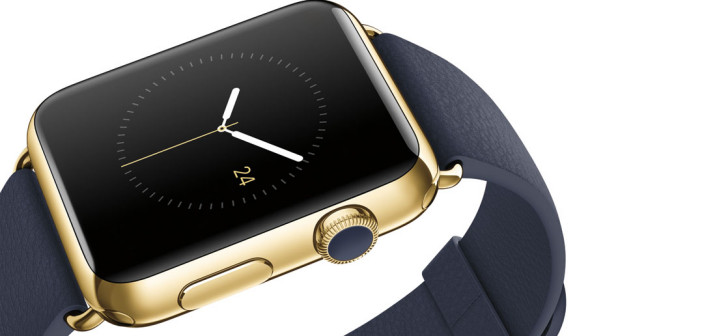By Dr. KF Lai, CEO at BuzzCity
In an age where technology is increasingly gathering pace, it is easy to take the various means of surfing the internet and online services that are available to us now for granted.
Gone are the days where connectivity is restricted to computers, and with 80% of the online adult global population owning smartphones, according to research form Global Web Index, devices are no longer a luxury. However there are a number of alternatives now being used, including smart TV and the latest phenomenon, smartwatches.
Although smartwatch sales have been relatively modest since their inception, potentially due to cost of devices such as Apple Watch selling at upwards of £300, a total of 8% of participants in BuzzCity’s latest quarterly survey plan to purchase a smartwatch “in the next six to 12 months”. If this occurs, smartwatch sales could see a snowball effect, which in turn will shape the ways in which we communicate.
The digital consumer
BuzzCity’s recent research also suggests that mobile is still definitely the most preferred method of internet access for users. Yet there is a small decline in the number of mobile users from 12 months ago, with increases being seen in tablet and smart TV use.
Although a small decline, I do not expect this trend to continue at a significant rate, despite smartwatches becoming more established in the market. I do predict however that with the diversity of smartwatches now becoming available, it is surely only a matter of time before they make an everyday impact in digital consumers’ lives.
At present, our research shows that 22% of smartwatch owners commonly use their devices to listen to music and podcasts on-the-go, with 19% using them to quickly retrieve and reply to messages, taking advantage of the fact that they do not need to unlock their watch, as is the case with a smartphone.
What’s the time?
Ironically, just 15% use them for checking the time and setting alarms, the fifth most common use. This shows that smartwatches are going beyond their original purpose of telling the time.
Another interesting use of smartwatches is navigation and fitness tracking, both rated by 14% of smartwatch users. Given the newly-found obsession with our health and well-being, we can expect exercise features to be a prominent application for future smartwatch owners.
As the number of available platforms for online services rises, so too does the amount of time consumers are using the internet. Notably, there has been a 5% rise in the past year of people using the internet for more than six hours per day, which is up to 23% from 18% in 2014. It would appear that the added convenience and flexibility of accessing apps in different ways has led to an increase in online consumption.
Trying out mobile internet
The resurgence of heavy users, who dropped to 18% in 2014, is probably due to the availability of lower cost mobile network access rates, which have helped to encourage more consumers to try out internet on their mobiles across the emerging markets for the first time. Having said this, there is also a global increase in the number of casual users, those who use the internet once or twice in a day.
With our research showing that smartwatches and smart devices are likely to dominate our futures, marketers will need to be smarter in their targeting and data management. The focus is no longer on pushing communications at scale but creating personalised journeys that are relevant to customers’ preferences and behaviours.
BuzzCity is a global advertising network.





